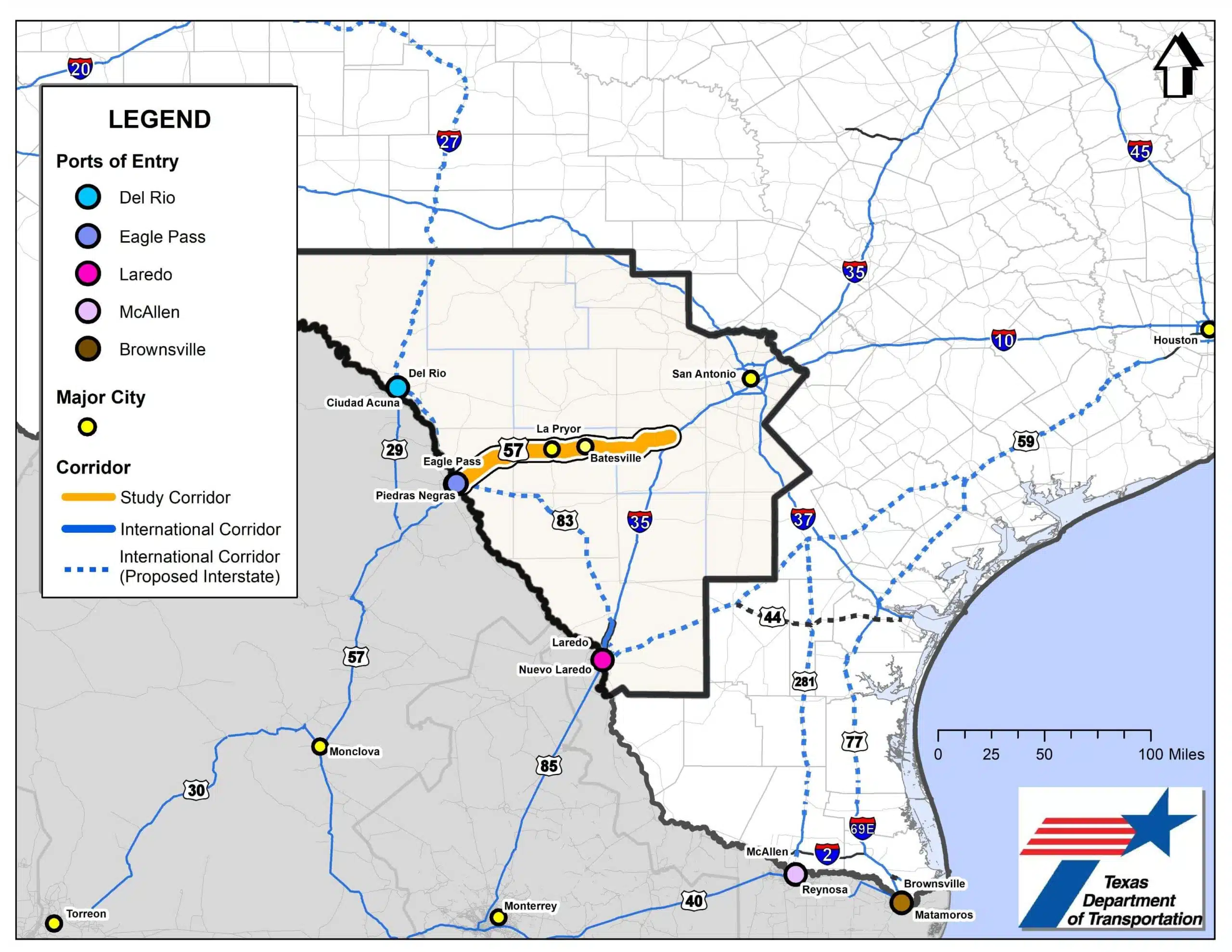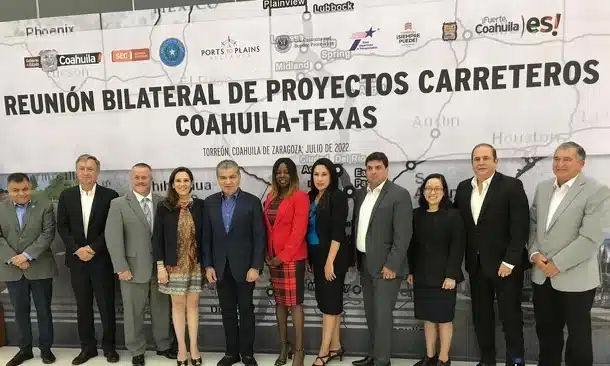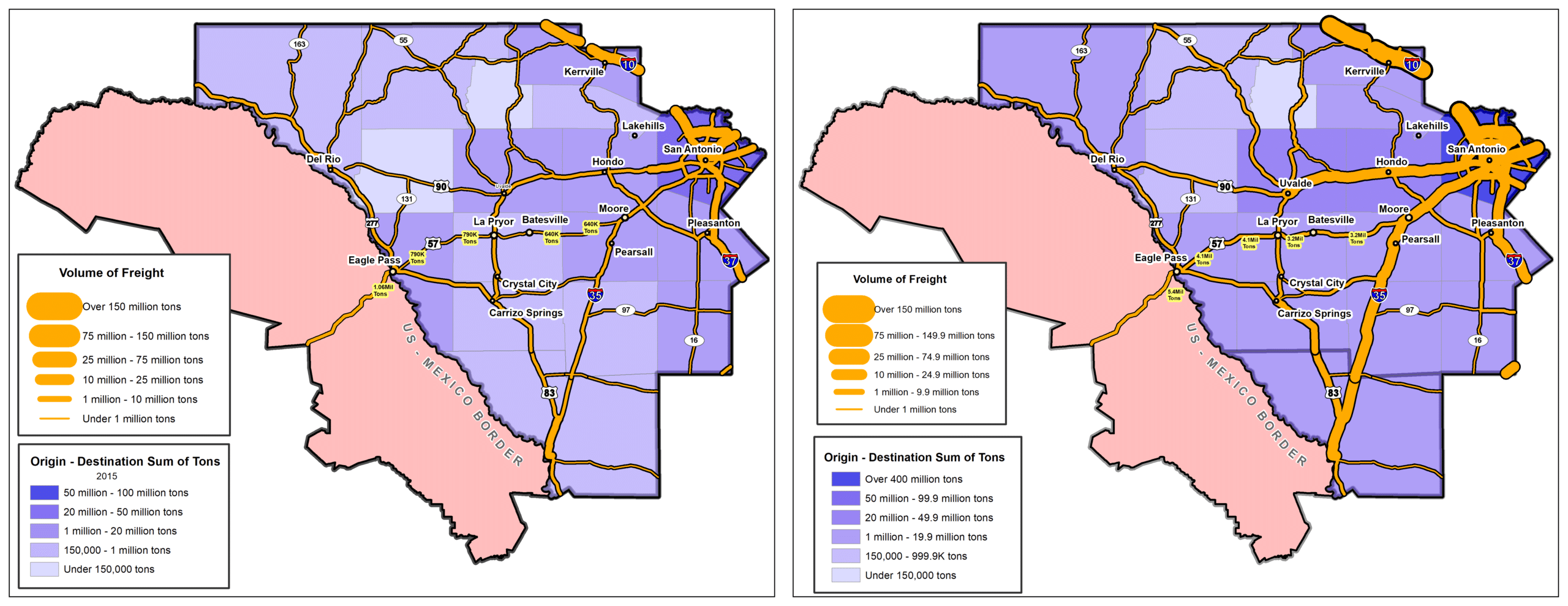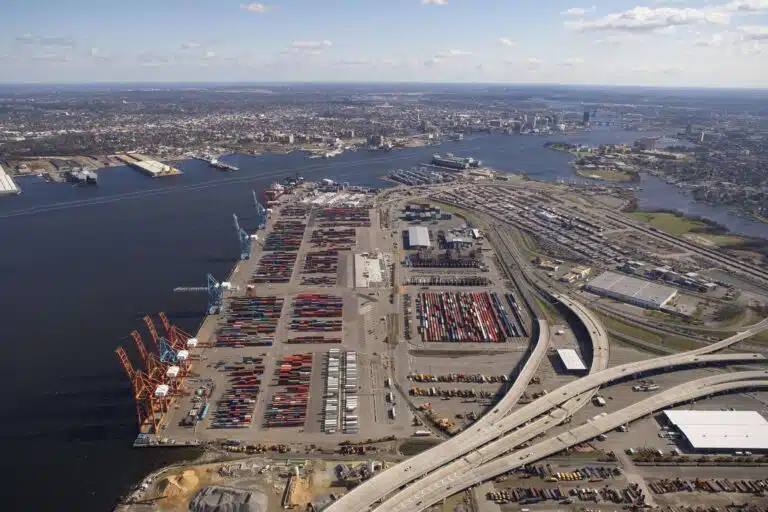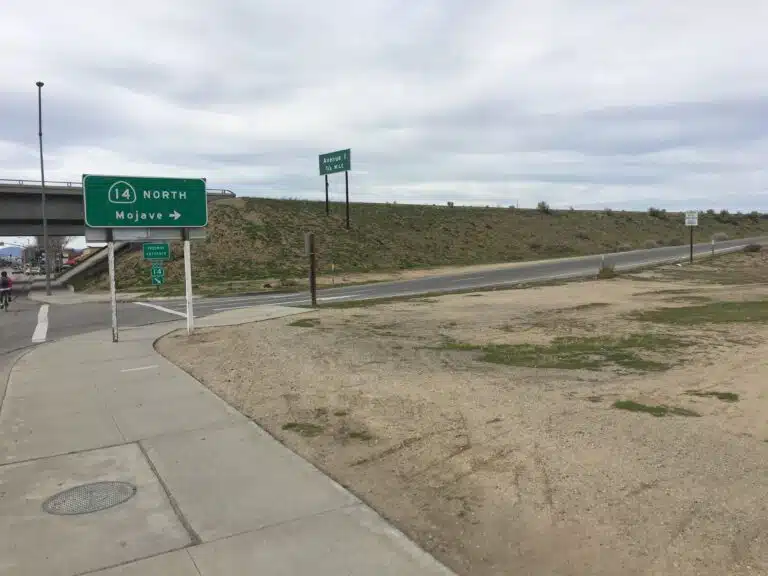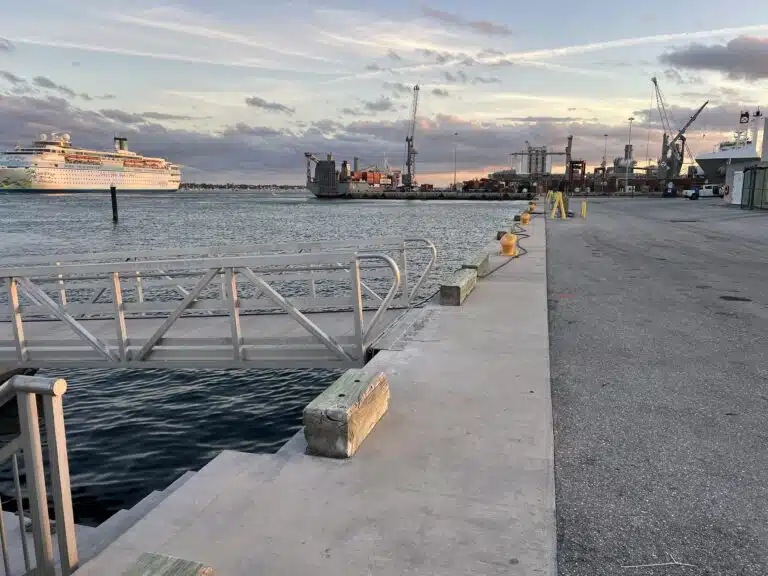Kimley-Horn provides the Port of Virginia with on-call environmental, engineering, and strategic communications services, allowing us to...
Data-Driven Strategy
Used big data to analyze freight connectivity, integrate local and regional transportation plans, and enhance efficiency to unlock economic opportunities
Implementable
Produced feasible implementation plans that seamlessly transition from short- to long-term improvements in safety, infrastructure, traffic, and trade
Bi-National Coordination
Collaborated with stakeholders in Mexico and Texas to gain insights into their requirements and corridor vision, creating a framework for future bi-national trade infrastructure planning
The nearly 100-mile US 57 Corridor serves as critical border link between Texas and Mexico, extending from the Eagle Pass International Bridge to the Interstate 35 junction in Moore, Texas. This corridor is home to the Eagle Pass Port of Entry, a vital gateway between the United States and Mexico that produced nearly $34 billion in trade in 2021. Recognizing the corridor’s increasing significance in international trade, due in part to nearshoring, TxDOT initiated an assessment of the feasibility of upgrading the two-lane US 57 to an interstate highway.
In collaboration with Kimley-Horn, TxDOT completed an interstate feasibility study in 2022, aiming to understand the corridor’s role in international trade, project regional growth, and address safety concerns due to elevated crash rates.
Setting the Standard for Bi-National Stakeholder Coordination
To produce cohesive recommendations for US 57, the Kimley-Horn team developed a clear understanding of the different transportation planning methods in the two countries. While US transportation planning hinges on data-driven analytics and policy, Mexico’s transportation decisions prioritize the economic potential of local communities and industry. To create a long-lasting and mutually beneficial interstate, Kimley-Horn engaged stakeholders from both Texas and Mexico in the study.
Kimley-Horn identified regional stakeholders, formed focus groups, and conducted public meetings to solicit input and incorporate it into the implementation plan. Throughout these discussions, we analyzed and distilled extensive data and presented it for public consumption. As a result of the successful outcomes of our stakeholder collaboration, TxDOT enlisted Kimley-Horn to develop a framework for bi-national transportation workshops that will set the standard for their future entry point improvement projects.
Improving Freight Connectivity to Address Nearshoring Needs
With the implementation of the United States-Mexico-Canada Agreement (USMCA) in 2020, many companies are shifting their production from overseas to North America, resulting in nearshoring that is poised to increase traffic at various US-Mexico entry points.
Our team conducted a comprehensive study of corridor traffic and freight, meeting with prominent beverage and automobile manufacturers in the US and Mexico to learn about their current and future manufacturing strategies, ultimately working toward bolstering cross-border trade.
Given the existing limitations in freight connectivity between the Eagle Pass Port of Entry and major interstates, introducing an additional freight-traffic route could strengthen international trade and relieve traffic at other entry points.
Enhancing International Trade with Implementable Solutions
To develop a cohesive study with practical solutions, Kimley-Horn leveraged our understanding of bi-national collaboration, the impact of nearshoring, and our expertise in transportation strategies. Our evaluation aimed to:
- Improve freight connectivity and capacity
- Enhance corridor safety
- Align with existing regional plans
- Promote international trade improvements
- Support future population, employment, and trade growth
Based on our findings, the study presented three improvement options: expanding the corridor into a four-lane undivided highway, a four-lane divided highway, or a four-lane interstate with two-lane frontage roads in either direction. Our recommendation prioritizes the development of a segmented and phased plan for a four-lane divided highway, offering a seamless progression toward an interstate-level freeway.
The recommendation of the four-lane divided highway stems from its consistent preference in benefit-cost analyses iterations, as well as its heightened safety, operational advantages, and positive impact on freight mobility and economic vitality. Establishing this four-lane divided highway segment in line with interstate standards not only enhances current conditions but also sets the stage for potential future conversion of US 57 into an interstate upgrade. This forward-looking approach is contingent on the expansion of border crossing capacity and any unforeseen traffic increases beyond the current projections for the next two decades.
In the quest to bolster bi-national trade along the Texas-Mexico border, our collaboration with TxDOT has been instrumental in unlocking the potential of the nearly 100-mile US 57 Corridor. Together with TxDOT and regional stakeholders, we’ve charted a course for a brighter future, addressing freight connectivity, safety, and economic growth. As we move forward, we’re excited to see our vision transform into reality, fostering enhanced international trade, regional prosperity, and safe, efficient mobility for generations to come.
View the full study here.

